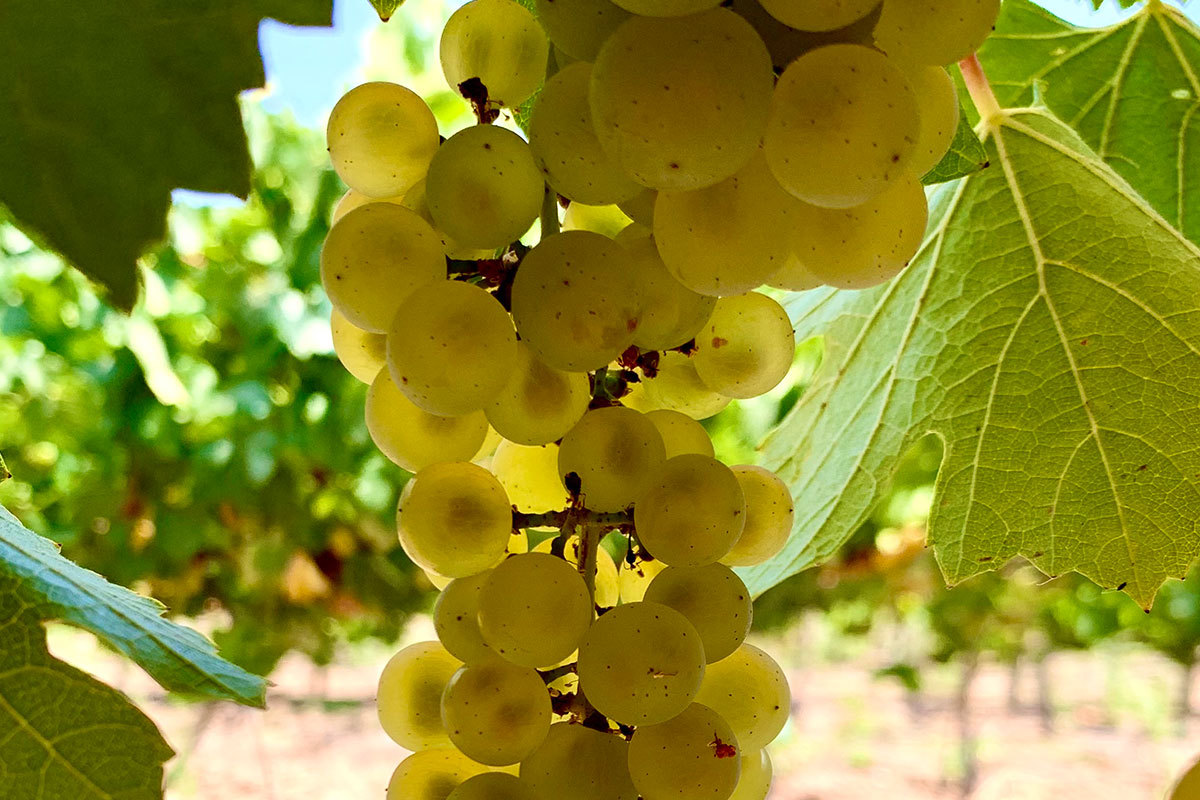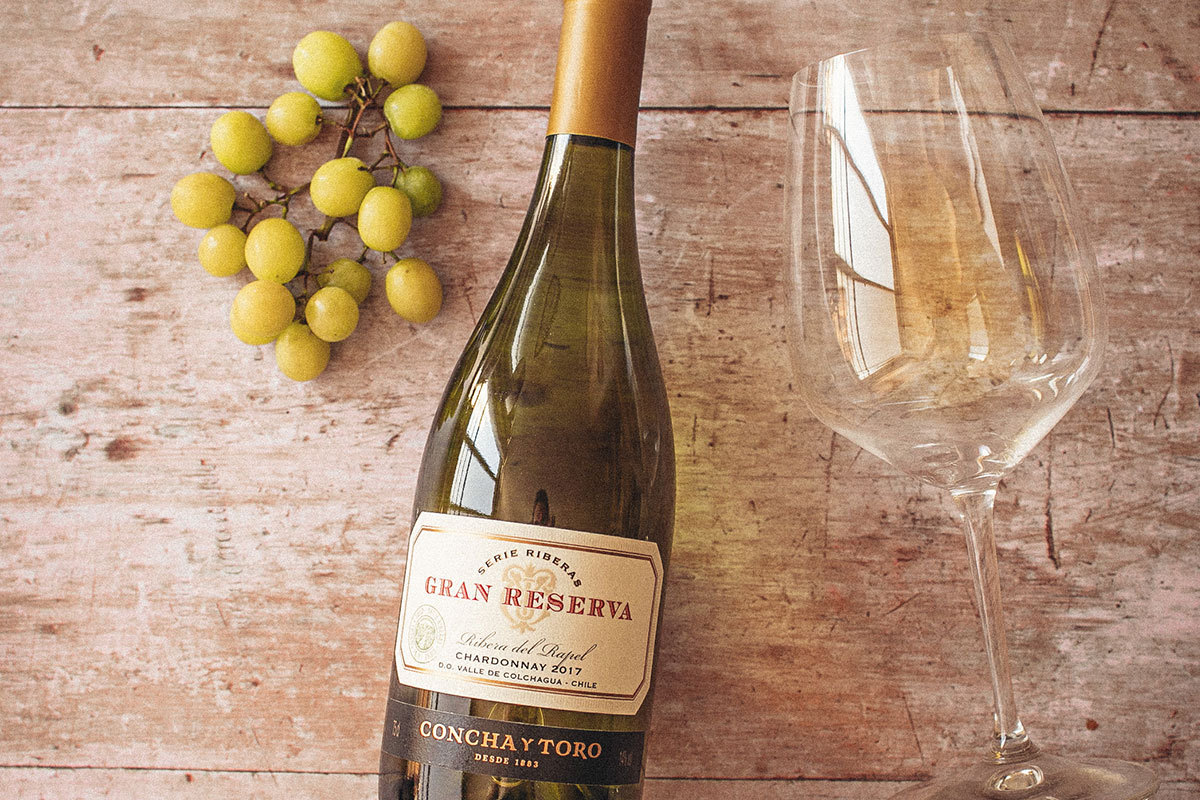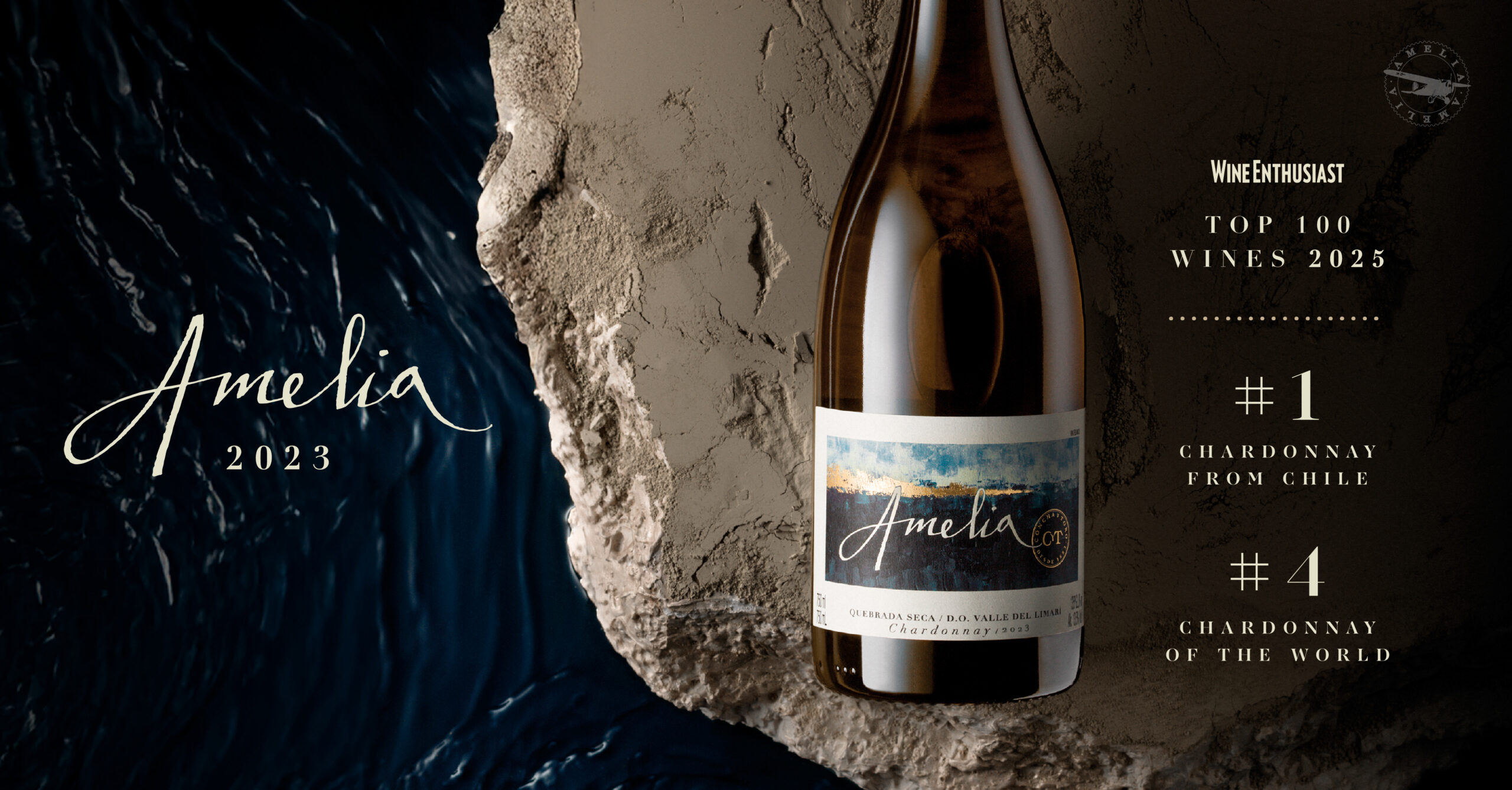14 de October de 2021
Chardonnay vs Sauvignon Blanc
When it comes to white wines, Chardonnay and Sauvignon blanc are by far the most preferred. But is there a difference between both grapes? Well of course. Although we’ll start from their similarities.
Both come from France: Chardonnay from the Burgundy area and Sauvignon blanc from Bordeaux and Loire. In addition, they are characterized by being one of the grape varieties that ripen earlier and that give rise to dry white wines. But beyond this, on the palate they are completely different.

Taste and volume
In general, Chardonnay gives medium to full bodied wines with primary flavours of tropical fruits, citrics, apple, pear, pineapple, peach and melon. Due to its richness, this variety is usually fermented and aged in oak barrels, in which it acquires a robust body and develops aromas reminiscent of butter, cream, honey and hazelnuts. But it is also possible to find Chardonnay produced entirely in stainless steel tanks, which are lighter, citrusy and crispy on the palate.
So, when we talk about Chardonnay, these are the two styles available in the market: with or without oak and depending on it we will obtain one or the other character. In the case of Gran Reserva Chardonnay, one part of the wine is fermented and aged in French oak barrels and the other in concrete eggs, which gives it distinctive notes of European pears and hazelnuts given by the oak, but maintaining a juicy acidity, mineral edge and a vibrant finish.

Meanwhile, Sauvignon blanc is a much lighter-bodied wine than Chardonnay, which is characterized by its crunchy flavour (greater acidity) and intense aromas. These tend to range from citrus to their distinctive “green” and floral notes, which will depend on the climate where the grape grows. In cool climates, Sauvignon blanc tends to produce highly acidic grapes with green aromas reminiscent of chili, green pepper and flowers, while in warmer climates its aromas are of tropical fruits such as passion fruit and stone fruits like peaches. In exceptional cases it is also aged in oak, which can add toasted notes to the wine and more smoothness on the palate. Have you tried it? Gravas del Bio Bio Sauvignon blanc, fermented and aged in French oak barrels, is a must try.
Cold fermentation is very common in New World Sauvignon blanc, such as New Zealand or Chile, and stored in stainless steel tanks, which are characterized by their vibrant acidity and intense aromas. As Gran Reserva Sauvignon Blanc, from a cold area in Colchagua Valley with great coastal influence, which is mineral, with citrus notes of lime and grapefruit.
How to serve them
The best way to enjoy these wines is to serve them at an ideal temperature between 10 and 12 C degrees. When the wine is aged in steel tanks, it is better to serve it even cooler to highlight it’s refreshing qualities. For this, we recommend you put the bottle in the fridge at least an hour before.
In the case of oak-aged Chardonnay, it can pair well with stronger flavours such as smoked, spicy, or sautéed with garlic recipes. Also, creamy dishes with chicken or seafood. While when we talk about a naked Chardonnay, lighter dishes based on pasta, tomato, white meat, fish and paellas go very well.
For Sauvignon blanc, goat or ricotta cheeses are a must. But fresh preparations with herbs like Thai, Vietnamese, Middle Eastern food (falafels or tabouleh’s) or Mediterranean classics as Oven baked fish with tomato and olive oil, are perfect fusions. Now, which one do you prefer?










